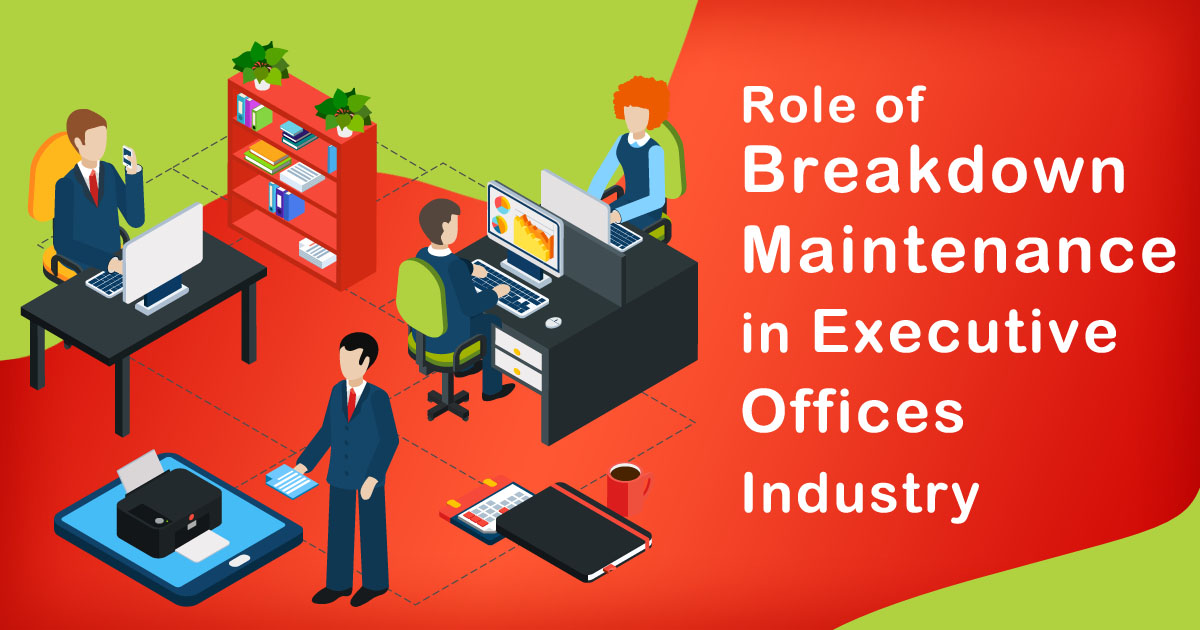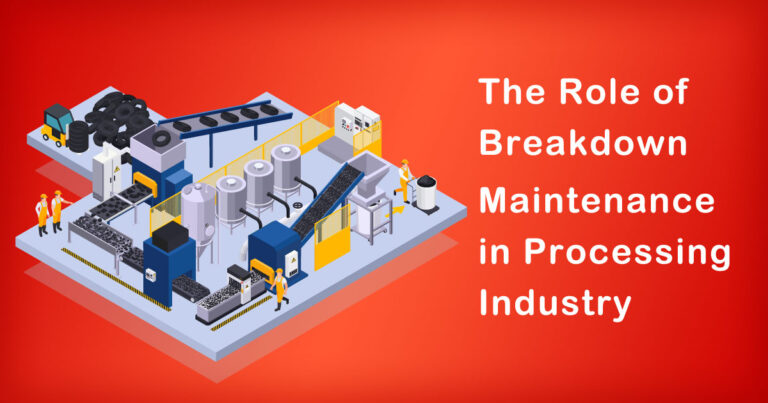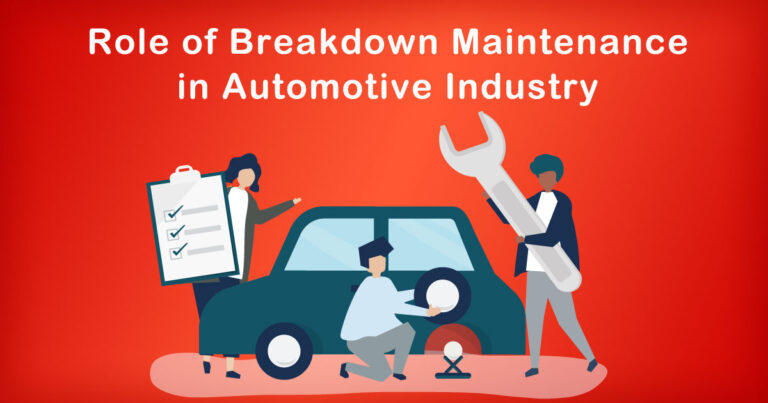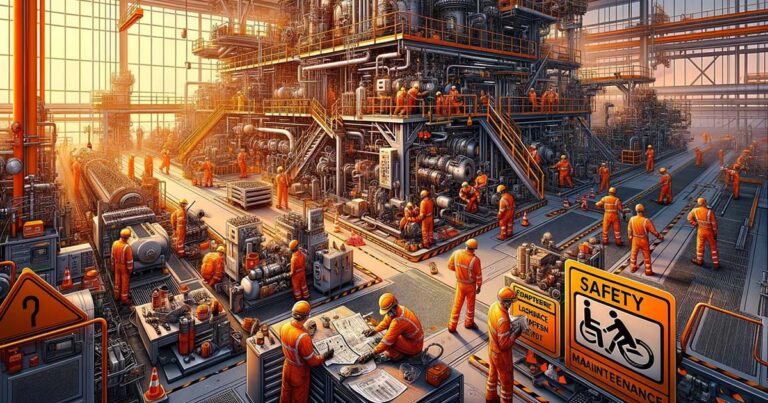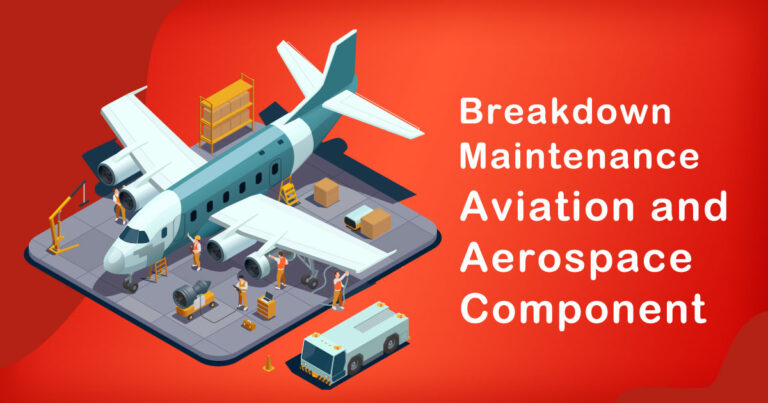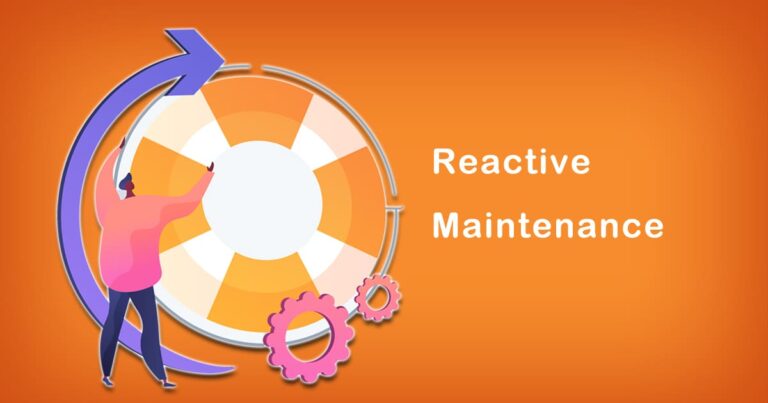Introduction
In today’s fast-paced business environment, executive offices play a vital role in providing a productive and efficient workspace for top-level executives. These offices are the nerve centers of decision-making, strategic planning, and critical business operations. To ensure smooth operations and minimize disruptions, it is crucial for executive offices to implement effective maintenance strategies. Among these strategies, breakdown maintenance emerges as a key component, warranting immediate attention to equipment and systems failures. This article delves into the significance of breakdown maintenance in the context of the executive offices industry in India.
Understanding Breakdown Maintenance
Breakdown maintenance, also known as reactive maintenance or run-to-failure maintenance, involves addressing equipment failures and malfunctions as they occur. Rather than performing routine, proactive maintenance tasks, breakdown maintenance focuses on repairing or replacing failed equipment promptly.
In the executive offices industry, breakdown maintenance is particularly critical due to the high dependency on advanced technology, infrastructure, and specialized equipment. These offices house an array of systems, including IT infrastructure, air conditioning, security systems, and communication networks, all of which are crucial for seamless operations.
The Cost of Downtime
The implications of equipment failure in executive offices extend far beyond mere inconvenience. Downtime can result in significant financial losses, reduced productivity, missed opportunities, and reputational damage. According to a study by Aberdeen Group, the average cost of unplanned downtime across industries amounts to $260,000 per hour. Therefore, minimizing downtime through effective breakdown maintenance becomes paramount.
Research and Statistics
In an Indian context, several studies and industry reports shed light on the importance of breakdown maintenance in executive offices:
A survey conducted by a leading facility management association in India revealed that 65% of executive office disruptions were attributed to equipment failure.
According to a report by the Confederation of Indian Industry (CII), executive offices in India experienced an average of three significant equipment failures per month, resulting in an average downtime of eight hours.
The same report highlighted that 75% of executive office downtime incidents were due to avoidable equipment failures, emphasizing the need for more proactive maintenance strategies.
Benefits of Breakdown Maintenance
While breakdown maintenance is often considered a reactive approach, it offers several advantages when implemented effectively:
Cost Optimization:
Unlike preventive maintenance, which requires regular inspections and replacement of parts, breakdown maintenance focuses resources only on the necessary repairs, optimizing cost-efficiency.
Asset Utilization:
By addressing failures as they occur, breakdown maintenance ensures that equipment remains operational for as long as possible, maximizing asset utilization.
Minimized Disruption:
Immediate repairs and replacements minimize downtime, allowing executives and employees to resume their work without undue interruptions.
Data-Driven Decision Making:
Tracking breakdown maintenance incidents provides valuable data for identifying patterns and trends, enabling executives to make informed decisions regarding equipment upgrades, replacements, or maintenance strategies.
Implementing an Effective Breakdown Maintenance Strategy
To leverage the benefits of breakdown maintenance effectively, executive offices in India can adopt the following best practices:
Regular Equipment Monitoring:
Implementing robust monitoring systems enables timely detection of potential failures, ensuring proactive action can be taken to prevent equipment breakdowns.
Efficient Work Order Management:
Streamlining the work order process ensures that maintenance requests are promptly addressed, minimizing response times and reducing downtime.
Staff Training and Awareness:
Providing training to employees on recognizing early signs of equipment failure and reporting maintenance issues helps foster a proactive maintenance culture.
Leveraging Technology:
Utilizing computerized maintenance management systems (CMMS) and Internet of Things (IoT) devices can enhance equipment monitoring, automate maintenance workflows, and generate real-time alerts for potential breakdowns.
Conclusion
In the fast-paced world of executive offices, breakdown maintenance plays a crucial role in ensuring uninterrupted operations and maximizing productivity. By adopting an effective breakdown maintenance strategy, executive offices in India can minimize downtime, optimize costs, and leverage data-driven decision-making. Embracing proactive measures, such as regular equipment monitoring and staff training, combined with technological advancements, will empower executive offices to thrive in the face of equipment failures and deliver a seamless and efficient working environment for top-level executives.


